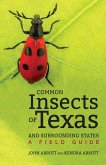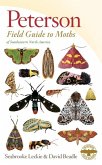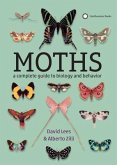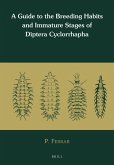Insects of North America presents over 300 insect species of North America, including dominant species and insects most likely noticed. With information about distinguishing less common species from those that are more widespread, this guide is sure to please entomologists and more serious insect enthusiasts. Including many of the rare insects that make North America unique, this is a must-have for any insect lover. Look inside to find: ·Detailed yet user-friendly descriptions and full-color photos of over 300 insects ·Information on breeding season and interesting facts about each insect ·Natural history information for North America, broken out by region, including geography, geology, and climate ·Information on conservation and threats to insect species ·Insects arranged by family ·A glossary of entomological terms








